
As Fernando Alonso dons a special one-off helmet design for the Japanese Grand Prix, we break down the rules around one of Formula One's most crucial and recognisable pieces of safety gear, the helmet, with our Official Trading Partner AvaTrade.
Cocooned in the cockpit, Formula One drivers can be distinguished by their helmet design, whether it's Fernando with the red and yellow of the Spanish flag twinned with the blue of the Asturias flag, or other icons such as Graham Hill, whose blue headgear carried the white stripes of the London Rowing Club, and Ayrton Senna, who carried the colours of the Brazilian flag.
This weekend, Fernando puts his usual colour combination to one side and opts for the white and red of the Japanese flag – with cultural references dotted throughout. On the sides are Shinto temples and pagodas, with a samurai on the back – echoing the samurai tattoo that Fernando has on his back. 'Alonso' and the number 14 are written in a font reminiscent of kanji, while the Asturian cross – a fixture on Fernando's usual helmet – remains on the back of this special one-off design.
Chiefly, helmets protect drivers from debris and impacts – and there are a number of standards that they must comply with if they are to be worn by Formula One drivers. Together with AvaTrade, we delve into the rules that govern drivers' headgear.
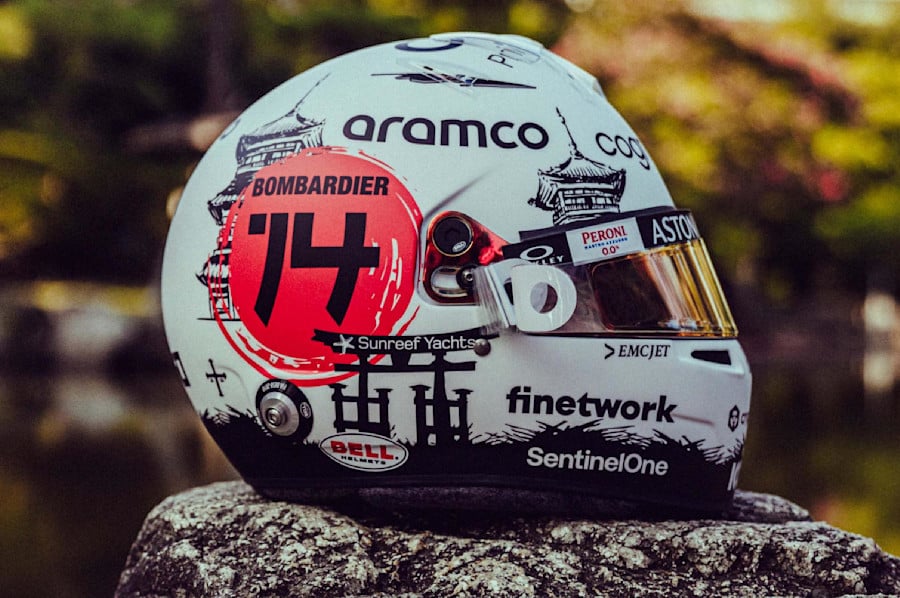

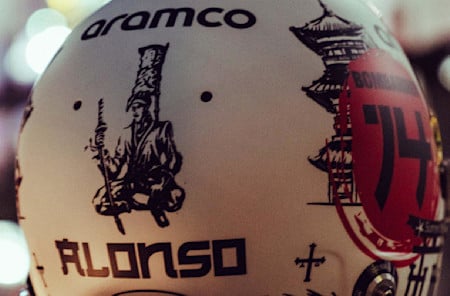
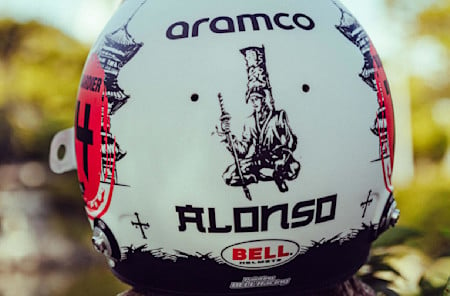
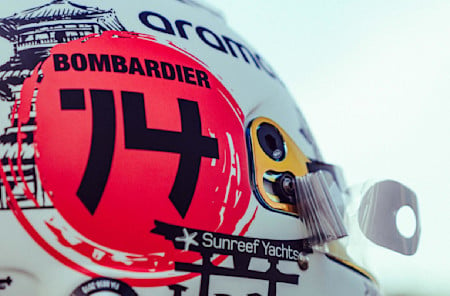
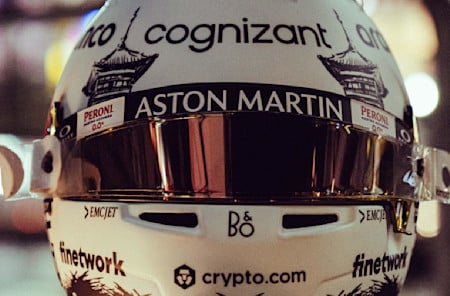
True colours
Formula One drivers expressed themselves with unique designs well before full-face helmets provided them with the canvas to do so; Jackie Stewart was among the drivers to have a custom design, having carried Royal Tartan on his headgear throughout his Formula One career.
The practice continues in modern Formula One: AMF1 Team driver Lance Stroll's green design marries beautifully with the colours of the AMR23 while Fernando's helmet colours are synonymous with the Spaniard.
As was the case in Montréal, where Lance sported a special-edition helmet livery – pointing out some of his favourite hometown landmarks – Fernando has a new design for the Japanese Grand Prix, reflects his love for Suzuka, Japanese culture, and the spirit of the samurai.
Drivers have been donning one-off designs for decades, but the practice was briefly outlawed in the 2015 Formula One Sporting Regulations where the relevant article read, 'In order for drivers to be easily distinguished from one another whilst they are on the track, the crash helmet of each driver must be presented in substantially the same livery at every Event during a Championship season.'
That line was omitted from the 2020 Sporting Regulations onwards. And we've seen some brilliant designs since.
Gearing up
Beneath the captivating artwork lies a bespoke, hand-crafted piece of safety gear that is designed to help protect a driver's head from impact.
Incidentally, it was Dan Gurney, who changed the way victories were celebrated by spraying champagne on the podium at Le Mans, who first donned a full-face helmet in Formula One. He made the pioneering call to do so in the 1968 German Grand Prix.
Prior to that, helmets were open-faced – with drivers wearing fabric or leather balaclavas and goggles to protect their faces. Early Formula One helmets, made mandatory in 1952, were mainly made of cork.
Now, Formula One helmets conform to FIA Standard 8860. This document sets out how helmets must be constructed and tested to be homologated for use in Formula One.

Full-face helmets – rather than open-face helmets that are often used in rally and off-road racing – must have an outer shell constructed of carbon fibre or a material with a similar hardness, while visors are made out of Lexan. In 2011 – as a response to a life-threatening injury sustained by Felipe Massa, when a suspension spring pierced his visor – the thinnest part of the helmet was reinforced with a panel made of Zylon.
Zylon is now woven into the front of the helmet to further reinforce the strip covering the driver's eyes.
Tear-offs made of plastic are attached to the visors, for drivers to rip off and discard during the race for a clearer view.
The fireproof fabric inside the helmet is made of Nomex – the same material that is used in the drivers' race suits, gloves, and underwear – and expandable polystyrene.
All of this comes together to make a helmet that weighs around 1.5 kilogrammes. Helmets must not weigh more than 1.8 kilogrammes – without accessories – to reduce the strain on drivers' heads in the event of a crash, as per the FIA Standard.
The Technical Regulations also stipulate that Formula One cars must carry seven camera mountings – one of those inside the driver's helmet, and pointing forward. If the driver doesn't carry a camera, the driver's helmet will instead be fitted with a 'ballast equivalent in mass to that of the components removed.'

Up to the test
Helmet manufacturers must supply seven complete helmets to the FIA for testing. Each helmet is put in a different condition consisting of one or a mixture of the following: hot, cold, ambient, wet, and dry. Temperatures range from -20 degrees Celsius to 50 degrees Celsius.
Each helmet is also dropped from various heights and stabbed with an impactor at velocities ranging from 6m/s to 9.5m/s.
The rigorous testing doesn't end there: helmets are also crushed laterally – by a falling mass with an impact energy of 500 joules (equivalent to 10m/s for 10 kilogrammes) – and longitudinally by a mass on a wire.
Visors are also crushed and spiked in the same manner.
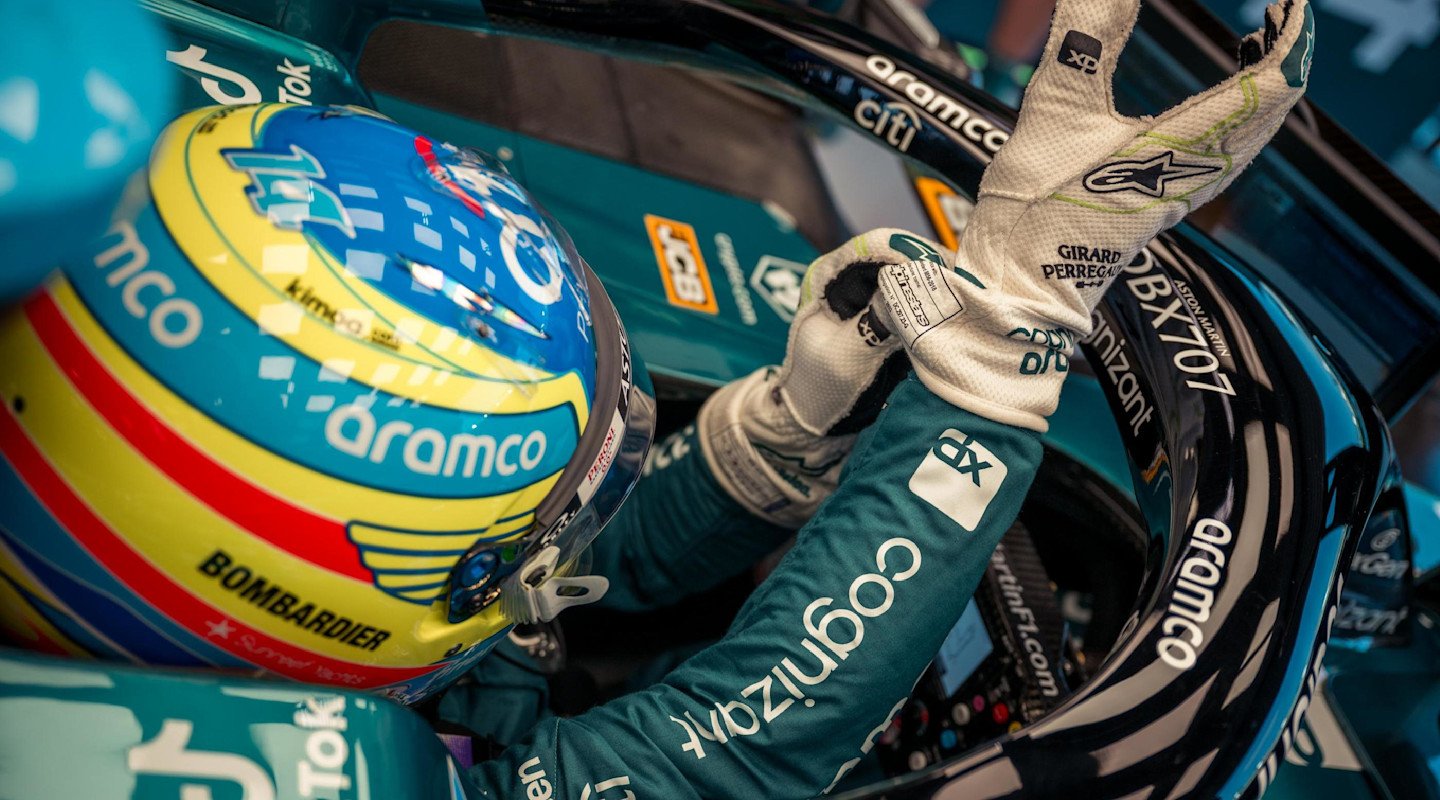
The FIA has strict limits on how long it should take for the materials to self-extinguish once exposed to flame. For example, the padding and lining of the helmet must extinguish itself in five seconds after being exposed to flames for 15 seconds.
Helmets are just one of many in a long list of crucial safety devices in Formula One, including the halo, Armco and Tecpro barriers, and the Head And Neck System (HANS).
As Formula One continues to push the boundaries of technology and safety, each helmet remains an iconic symbol of the many great drivers to have graced the sport.
Learn more with AvaTrade
In the same way that a racing driver can constantly learn and improve using data, AvaTrade encourages traders to hone and refine their own skills – courses are created by experts, free to access, tightly focused and comprehensive.
You can discover more about our partnership with AvaTrade and access a suite of free educational resources designed to help you enhance your trading skills.

AVATRADE EXPLAINS THE F1 RULEBOOK
I / AM membership
The ultimate fan experience.
Get closer to the team with unparalleled access, behind-the-scenes insights and once-in-a-lifetime experiences, and enjoy exclusive competitions, rewards, offers and more.









































